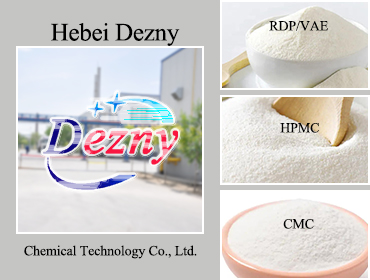
 2023-07-12- readings
2023-07-12- readingsThe application technique and function of hydroxypropyl methylcellulose in creating components The application technique and performance of hydroxypropyl methylcellulose HPMC in several constructing materials.
1. In putty powder, HPMC has three capabilities of thickening, drinking water preservation and construction. Thickener: The cellulose thickener works as a suspensions to help keep the answer even, even down and up, which will help prevent sagging. Design: HPMC has a lubricating result, which can make the putty powder have great design efficiency.
2. The use of cement mortar The mortar without drinking water-keeping thickener has greater compressive durability, nonetheless its normal water-retaining overall performance, connecting performance and softness are bad, the hemorrhage is large, and also the working truly feel is very poor, thus it can not be employed basically. For that reason, the thermal efficiency thickening materials is anticipated to get an indispensable natural substance for mixing mortar. Generally speaking, adding hydroxypropyl methylcellulose or methylcellulose on the mortar can gain a drinking water preservation amount in excess of 85%. The technique utilized in mortar is usually to combine free of moisture powder and include normal water. Cement with good h2o retention overall performance might be filled up with normal water, the link durability is undoubtedly better, and also the tensile and shear strength may be appropriately improved, which greatly enhances the work effectiveness.
3. The effective use of porcelain tile bonding hydroxypropyl methylcellulose porcelain tile adhesive can help to save the pre-foaming h2o of ceramic tiles the features are firmly pasted the technical requirements for employees are relatively very low there is no have to correct with cross plastic clips, along with the pasting will not drop off of , the connecting is firm there is absolutely no unwanted dirt from the cracks of the bricks, which could avoid the work surface contamination of the bricks many tiles might be pasted with each other, not like a piece of cement mortar.
4. The use of caulking and caulking representative Incorporating cellulose ether will make one side joint parts have good adhesion, low shrinkage and robust dress in amount of resistance, therefore shielding the substrate from mechanical damage and steering clear of the side effects of water penetration about the total composition .